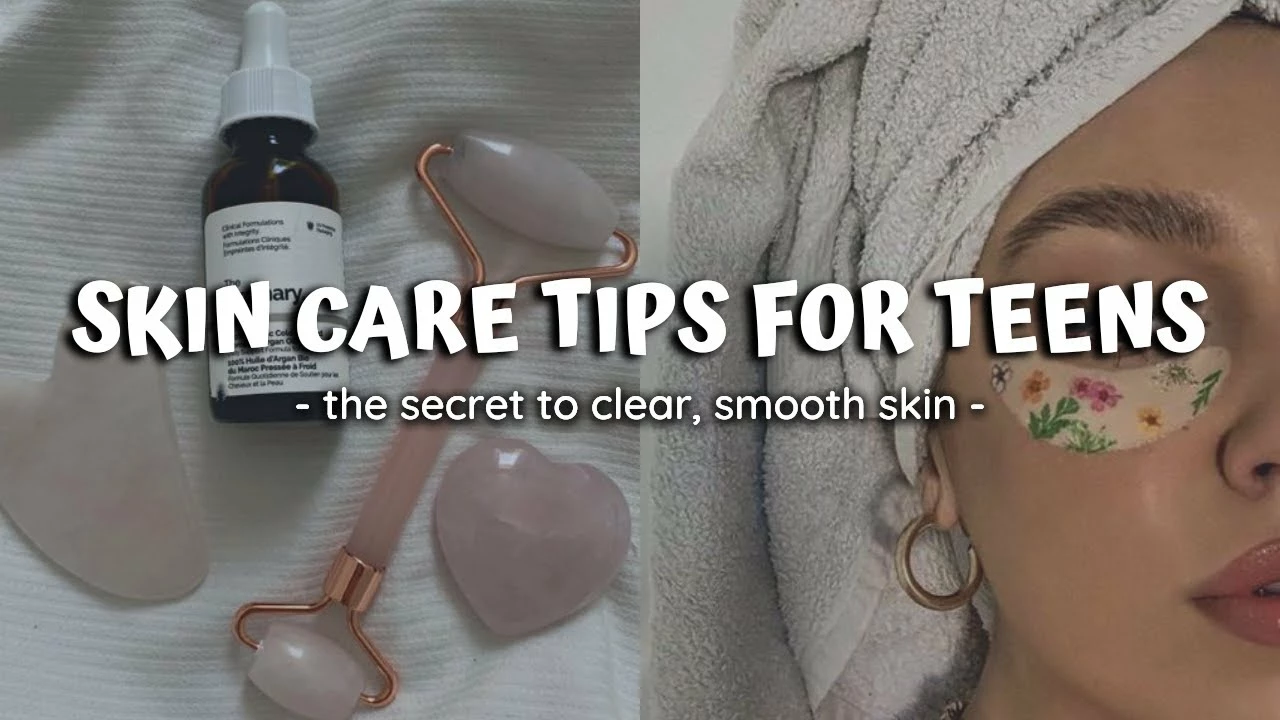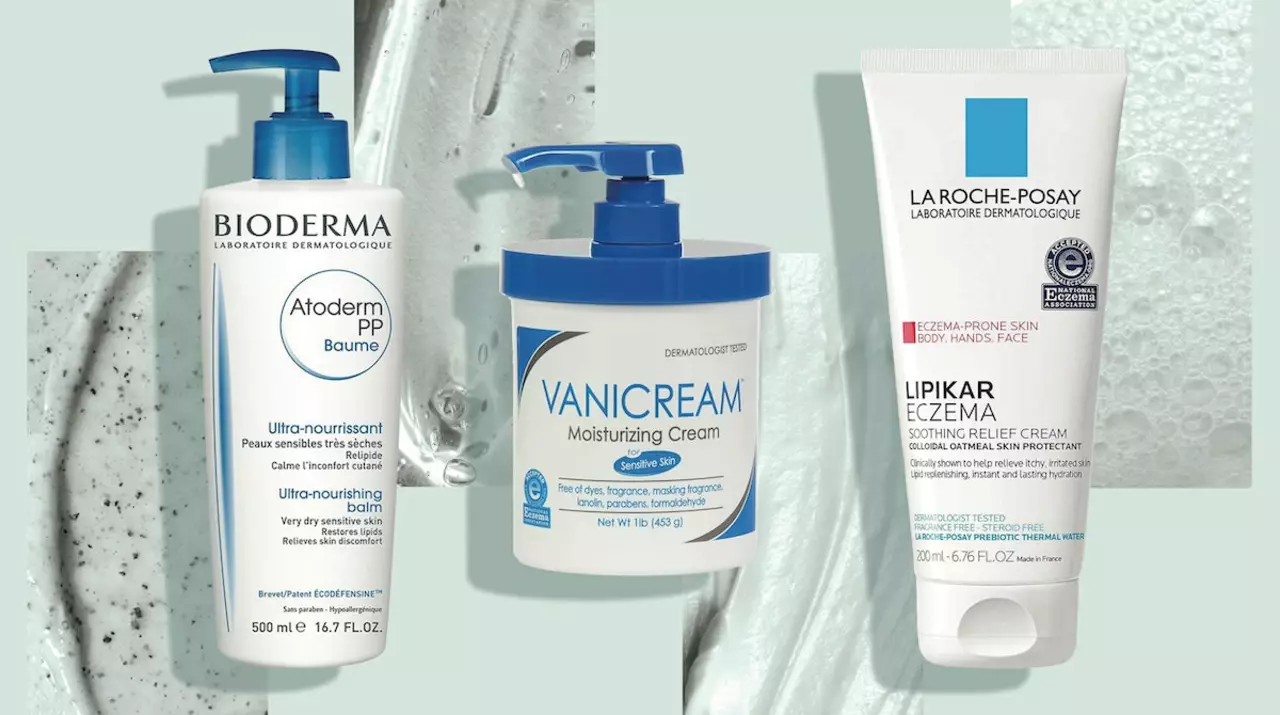Skincare Made Simple – Your Go‑To Guide
If you’re scrolling through endless product lists, it’s easy to feel lost. The good news? You don’t need a chemistry degree to keep your skin happy. Below are the basics that actually work, plus a few pointers for the more advanced stuff like skin lighteners and rare skin conditions.
Everyday Moisturizing Basics
The first thing most people forget is that moisturizers are not just luxury items – they’re skin protectors. Look for formulas with ceramides or hyaluronic acid; these ingredients lock in water and help repair the barrier. When you’re picking a product, skip the heavy fragrances if your skin is sensitive – they can cause irritation before you even notice it.
For chapped skin, especially during cold months, a fragrance‑free cream that combines ceramides with natural oils does wonders. Apply right after a shower while your skin is still damp; this traps extra moisture and speeds up healing. And don’t forget sunscreen – even on cloudy days, UV rays can break down the barrier you just built.
Safe Skin Lightening & Special Care
If you’re looking to fade dark spots, you’ll run into two camps: prescription and over‑the‑counter (OTC) lighteners. Prescription options like hydroquinone or tretinoin are powerful but need a doctor’s guidance because they can cause irritation if misused. OTC products often contain lower concentrations of the same ingredients, making them safer for beginners.
When you try any lightening cream, start with a pea‑sized amount on clean, dry skin and use it at night. Pair it with a broad‑spectrum SPF 30+ during the day – this prevents new spots from forming while the treatment works. If you see persistent redness or peeling, pause usage and talk to a dermatologist.
Some rare skin disorders, such as epidermolysis bullosa, require stronger medication like betamethasone. This corticosteroid can reduce blistering and pain, but long‑term use may bring side effects. Always have a healthcare professional monitor the treatment and adjust dosage as needed.
Putting it all together is easier than you think: start with a gentle cleanser, follow up with a barrier‑repair moisturizer, add a targeted lightening cream if needed, and protect everything with sunscreen. Consistency beats intensity – using the right products every day will give you smoother, healthier skin without the drama.
Got a specific concern? Drop a comment or reach out to a pharmacist at IVFPharmacy for personalized advice. We’re here to help you navigate the skincare maze without the guesswork.
Perioral Dermatitis Triggers and Gentle Skin Care Routine
Perioral dermatitis is a stubborn facial rash often triggered by steroids, heavy moisturizers, and fluoride toothpaste. Learn the real causes, gentle skin care routine, and effective treatments to clear it up and prevent recurrence.
learn moreCelebrities Who Own Their Freckles and Celebrate Natural Beauty
Discover how eight famous people with freckles champion natural beauty, their skincare secrets, and practical tips to love your own freckles.
learn moreScaly Skin Overgrowths: Hydration vs Moisturization-What Works and How
Why skin gets scaly, what hydration and moisturizers can fix, and how to choose and use them. Clear steps, ingredient picks, and when to see a doctor.
learn moreHow Hydroquinone, Tretinoin, and Mometasone Creams Work for Skin Lightening
Curious about how skin-lightening creams with hydroquinone, tretinoin, and mometasone really work? This article cracks open how each ingredient targets dark spots, what makes these combinations so potent, and why timelines are crucial for safety. You'll learn why these formulas require respect, and how to actually use them without wrecking your skin barrier. Real-life tips, expert advice, and a user’s guide are all here, written like your dermatologist friend laying out the facts after hours.
learn morePrescription vs OTC Skin Lighteners: Pros, Cons, and Safety Tips for Depigmenting Agents in 2025
Confused about skin lightening products? This long-read dives deep into how prescription and over-the-counter options stack up for skin lightening in 2025. Get the scoop on their pros, cons, safety tips—and how to avoid common pitfalls. Find user-friendly advice and the latest facts to help you make smart choices. No dry medical jargon or recycled soundbites—just practical wisdom you can actually use.
learn moreHow to Incorporate Hydroquinonemometasonetretinoin into Your Skincare Routine
Incorporating hydroquinonemometasonetretinoin into my skincare routine has been a game changer for me. This potent combination of ingredients helps to fade dark spots, reduce inflammation, and promote skin cell turnover for a more radiant complexion. To get the best results, I've been applying a small pea-sized amount to my cleansed and dry face every evening before bed. I make sure to gently massage the cream into my skin, focusing on problem areas. And don't forget, using a broad-spectrum sunscreen during the day is crucial to protect your skin while using this powerful treatment.
learn moreThe best moisturizers for chapped skin relief
Chapped skin can be such a pain, especially during colder months. I've recently done some research on the best moisturizers to help relieve this uncomfortable issue. After trying out several products, I found that those containing ceramides, hyaluronic acid, and natural oils work wonders for soothing and healing dry skin. I also discovered that it's essential to choose a moisturizer that's fragrance-free and gentle on sensitive skin. I hope my recommendations will help you find the perfect moisturizer for your chapped skin and bring some much-needed relief!
learn moreThe use of betamethasone for treating epidermolysis bullosa
I recently came across some fascinating information on the use of betamethasone for treating epidermolysis bullosa, a rare genetic skin disorder characterized by blisters and skin fragility. Betamethasone is a potent corticosteroid that reduces inflammation and aids in the healing process. It's been found to be effective in reducing blister formation and soothing the pain associated with epidermolysis bullosa. However, it's important to note that long-term use of corticosteroids can have side effects, so it's crucial to consult with a healthcare professional before starting treatment. Overall, betamethasone seems to be a promising option for those dealing with this challenging condition.
learn more






